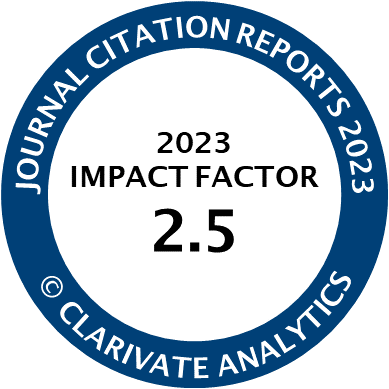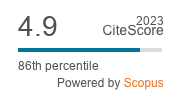Article | Open Access
A Regulatory‐Developmental Turn Within EU Industrial Policy? The Case of the Battery IPCEIs
| Views: | 1352 | | | Downloads: | 1204 |
Abstract: The European automotive industry is transitioning from combustion engines to electric vehicles but lags behind international competitors. This geoeconomic competition has contributed to the revival of industrial policy in the EU. However, EU competition policy restricts more vertical industrial policy approaches. In this context, the Important Projects of Common European Interest (IPCEIs) have emerged as a novel governance tool. This article examines this transformation in EU industrial policy by focusing on the Battery IPCEIs. The article includes an in-depth case study of the Battery IPCEIs, using secondary literature and 11 expert interviews. It concludes that IPCEIs represent a gradual regulatory-developmental turn within EU industrial policy by drawing on developmental state theory in a European context, critical EU integration literature, and global production networks research. In response to geoeconomic competition and the region’s lack of productive capacities, the EU is indirectly facilitating the development of European battery innovation and production networks by issuing direct state aid at the national level. However, the EU’s participation in the subsidy race and the global green-tech race via “green” industrial policy indicates only a partial shift in the relationship between states and markets.
Keywords: batteries; competition policy; developmental state; European Union; global production networks; industrial policy; IPCEIs; subsidies
Published:
Supplementary Files:
© Helena Gräf. This is an open access article distributed under the terms of the Creative Commons Attribution 4.0 license (http://creativecommons.org/licenses/by/4.0), which permits any use, distribution, and reproduction of the work without further permission provided the original author(s) and source are credited.




